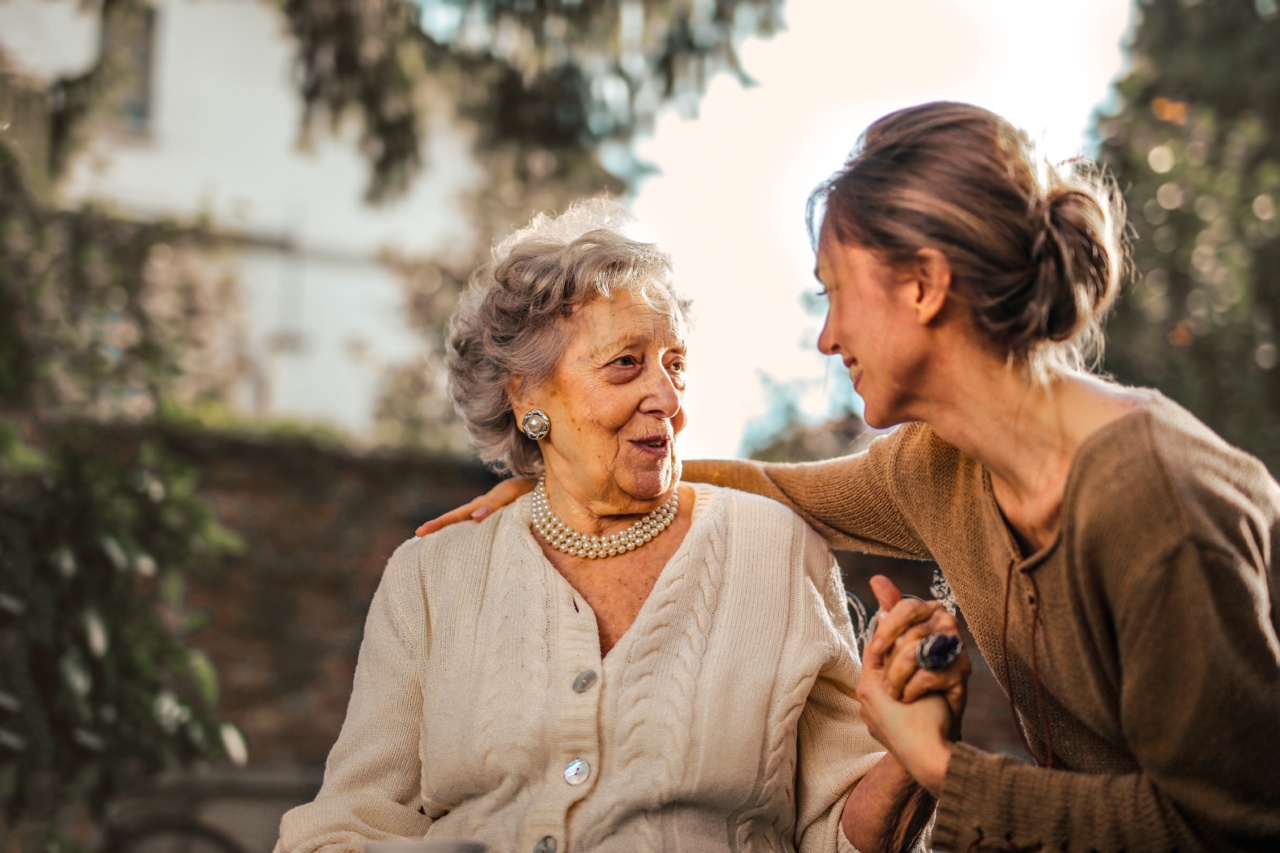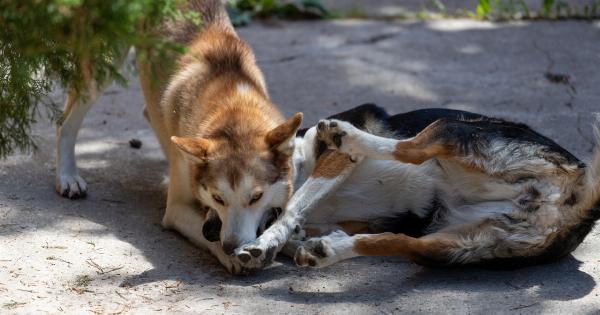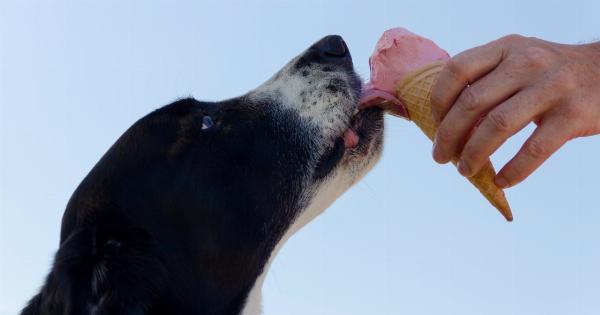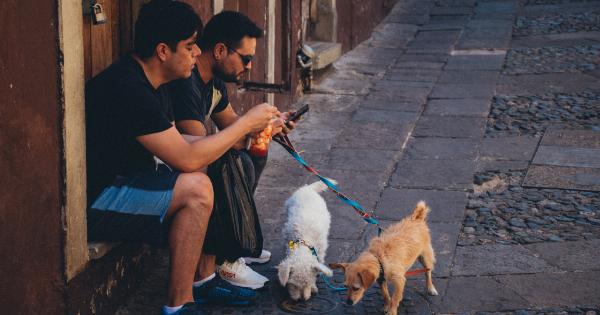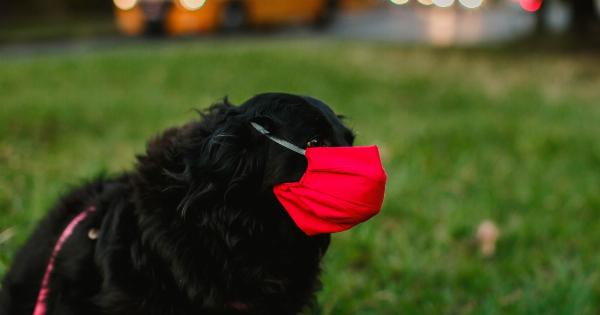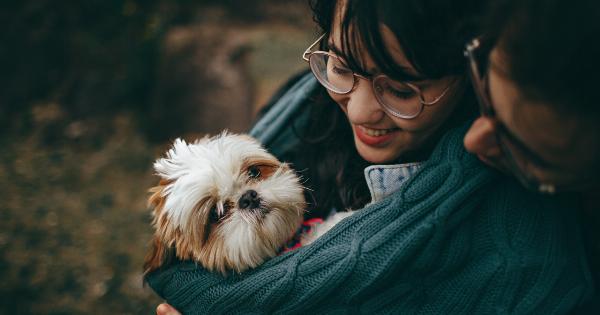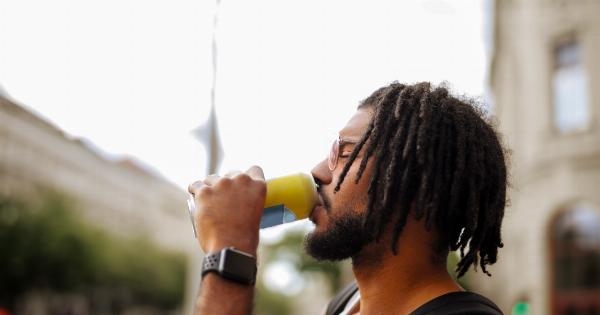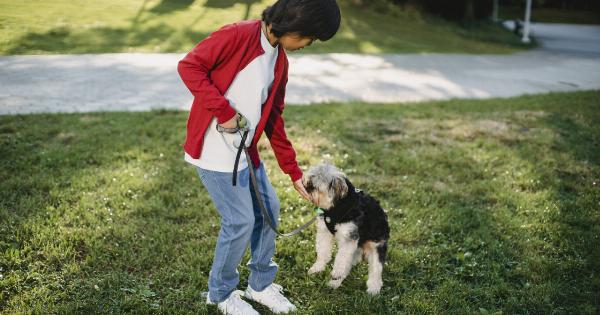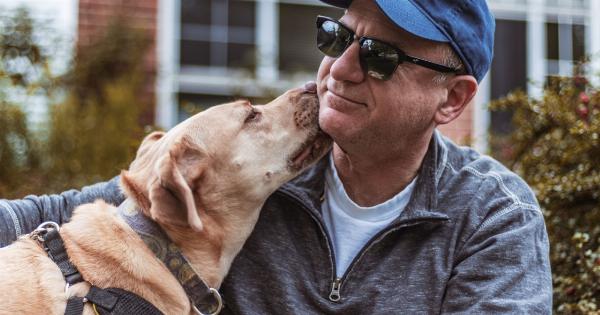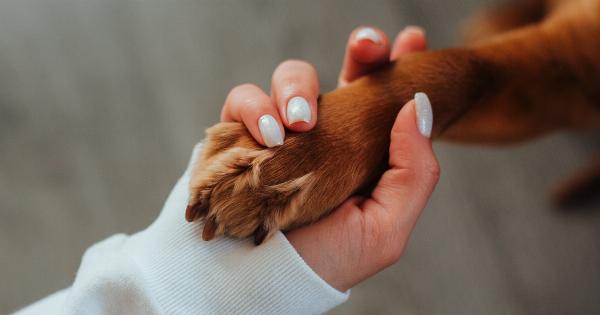Meeting unknown dogs can be both exciting and nerve-wracking. Whether you encounter unfamiliar dogs in your neighborhood or while on a walk, it is essential to approach these interactions with caution and care.
This article will provide you with tips on how to safely and confidently meet unknown dogs, ensuring a positive experience for both you and the canine.
Understanding the Importance of Caution
When encountering unknown dogs, it is crucial to understand the importance of caution. Dogs, like humans, have varying personalities, temperaments, and tolerance levels.
Approaching unfamiliar dogs without proper care can result in undesirable outcomes, such as aggression or fear-induced reactions.
1. Observe from a Distance
The first step when encountering an unknown dog is to observe from a safe distance. Take a moment to assess the dog’s body language and behavior. Look for signs of relaxation, such as a loose body, wagging tail, and open mouth.
Conversely, be cautious if the dog exhibits signs of tension, such as raised hackles, a stiff body, or intense staring.
2. Ask for Permission
If you encounter an unknown dog during a walk or in someone’s yard, always ask for permission before approaching the dog. Some dogs may not be comfortable with new people, and their owners may be working to address specific behavior issues.
Showing respect and seeking permission demonstrates responsible behavior.
3. Use Non-Threatening Body Language
When approaching an unknown dog, it is crucial to use non-threatening body language. Avoid making direct eye contact, as this can be seen as confrontational in the canine world.
Instead, approach at an angle rather than head-on, and keep your body relaxed and loose. Avoid sudden movements or gestures that might startle the dog.
4. Allow the Dog to Approach You
It is generally recommended to allow the unknown dog to approach you first. This gives the dog a sense of control over the interaction and helps establish trust. Avoid reaching out to pet the dog immediately, as this can be overwhelming.
Instead, extend a closed fist towards the dog, allowing them to sniff and initiate contact if they are comfortable doing so.
5. Stay Calm and Avoid Overstimulation
Dogs are highly attuned to human emotions and can sense anxiety or fear. To create a positive interaction, it is essential to stay calm and maintain a relaxed demeanor. Avoid overstimulating the dog by speaking loudly or making sudden movements.
Instead, speak softly and use a friendly, gentle tone to communicate.
6. Respect the Dog’s Boundaries
Once the dog starts showing interest and approaching you, it is essential to respect their boundaries. Pay attention to their body language and avoid petting areas that dogs may consider vulnerable, such as their head or rear end.
Instead, pet them under the chin or along their back, avoiding any areas they show discomfort with.
7. Reinforce Positive Behavior
Positive reinforcement is key when interacting with unknown dogs. If the dog displays friendly behavior, reward them with verbal praise, a gentle pat, or a small treat if you have one available.
This positive association establishes trust and encourages the dog to view future encounters as positive experiences.
8. Avoid Provoking or Startling the Dog
While it is essential to be confident and calm during interactions with unknown dogs, it is equally important to avoid provoking or startling them.
Avoid sudden movements, loud noises, or attempting to touch sensitive areas without the dog’s consent. Respect their space and preferences, allowing them to become comfortable at their own pace.
9. Children and Dogs
If children are present, it is crucial to teach them about meeting unknown dogs safely. Children should be supervised during interactions and taught to approach cautiously with gentle body language.
Encourage children to ask for permission from the owner before petting the dog and to respect the dog’s personal space.
10. Seek Professional Guidance
If you are uncertain about how to properly approach or handle unknown dogs, consider seeking professional guidance from a dog behaviorist or trainer.
They can provide personalized advice and help you develop necessary skills to ensure positive encounters with unfamiliar dogs.
Conclusion
Meeting unknown dogs can be a rewarding experience when done with caution and care.
By observing from a distance, asking for permission, using non-threatening body language, and allowing the dog to approach you, you can establish a positive foundation for the interaction. Remember to respect the dog’s boundaries, reinforce positive behavior, and avoid provoking or startling the dog.
By following these guidelines, you can have safe and enjoyable interactions with unknown dogs, fostering a harmonious relationship between humans and canines.
